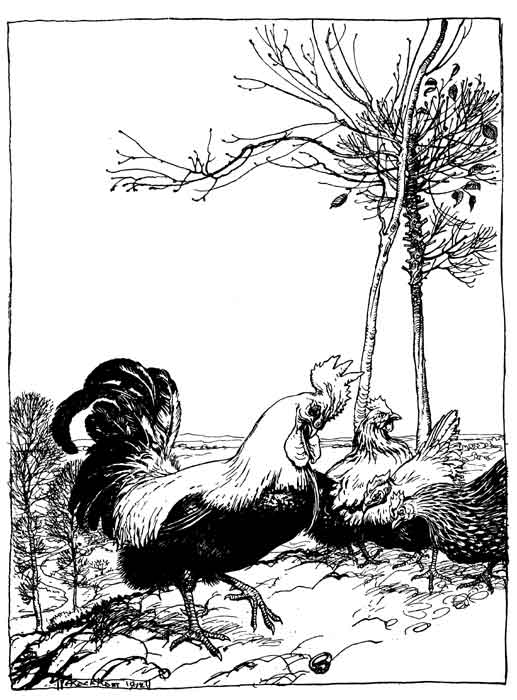This project has moved to a blog of its own: Fabulae Aesopi.
Here's a new post in series about the Latin verse fables of Desbillons; for more about this project, see the starting post. You'll find a poem-by-poem index to Book 7 below (linking to the pages at the Internet Archive), and here's the poem I selected from that book, just 3 lines long!
VII.14 Asellus et Liber
Librum elegantem quidam Asellus reperit;
Simul improbavit, atque discerpsit jocans.
Audaciorem stupiditas Criticum facit.
Here is the poem written out in English prose order to help in reading:
Quidam Asellus
reperit elegantem librum;
simul improbavit,
atque discerpsit,
jocans.
Stupiditas
facit Criticum
audaciorem.
As Desbillons notes, this is not really a fable, but just a traditional way of depicting the "donkey" who meddles with things he doesn't understand, like the proverbial "asinus ad lyram."
In addition to the proverbial donkey, there is also Phaedrus's famous fable about the rooster who finds a precious gem but cannot appreciate its value; in that case also, Phaedrus interprets the fable in terms of a reader who does not appreciate the value of what he is reading. Here's an English version of that fable, with an illustration by Arthur Rackham:

A Cock, while scratching all around,
A Pearl upon the dunghill found:
“O splendid thing in foul disgrace,
Had there been any in the place
That saw and knew thy worth when sold,
Ere this thou hadst been set in gold.
But I, who rather would have got
A corn of barley, heed thee not;
No service can there render’d be
From me to you, and you to me.”
I write this tale to them alone
To whom in vain my pearls are thrown.
The meter of Desbillons' poem is iambic, and here is some help with the meter (for more about iambic meter, see the post about Desbillons 1.1).
Libr~ e · legan · tem quid~ · Asel · lus re · perit;
Simul im · proba · vit, at · que dis · cerpsit · jocans.
Auda · cio · rem stupi · ditas · Criticum · facit.
More poems in Desbillons, Book 7:
1. perdix et canis venaticus (lines: 14)
2. viator et platanus (lines: 12)
3. luporum legati ad anglorum regem (lines: 7)
4. canis fugitivus et herus (lines: 12)
5. Jupiter et rusticus (lines: 20+)
6. lepores, canes, et vulpes (lines: 20+)
7. leo furiosus et lepus (lines: 6)
8. canis mordax (lines: 10)
9. hirundo et luscinius (lines: 20+)
10. ensis et vomer (lines: 13)
11. hariolus sibi non providens (lines: 9)
12. opilio et oves (lines: 19)
13. ardea et pisces (lines: 20+)
14. asellus et liber (lines: 3)
15. talpa et olitor (lines: 9)
16. ollae duae (lines: 11)
17. milvi et columbae (lines: 20+)
18. puella et Naias (lines: 11)
19. catellus et molossus (lines: 14)
20. equus senescens (lines: 20+)
21. avis solitaria (lines: 20+)
22. mustela, cuniculus et felis (lines: 20+)
23. senex et mors (lines: 13)
24. testudo et anates duae (lines: 20+)
25. formicae duae (lines: 20+)
26. corvus et lepus (lines: 17)
No comments:
Post a Comment
Comments are limited to Google accounts. You can also email me at laurakgibbs@gmail.com or find me at Twitter, @OnlineCrsLady.